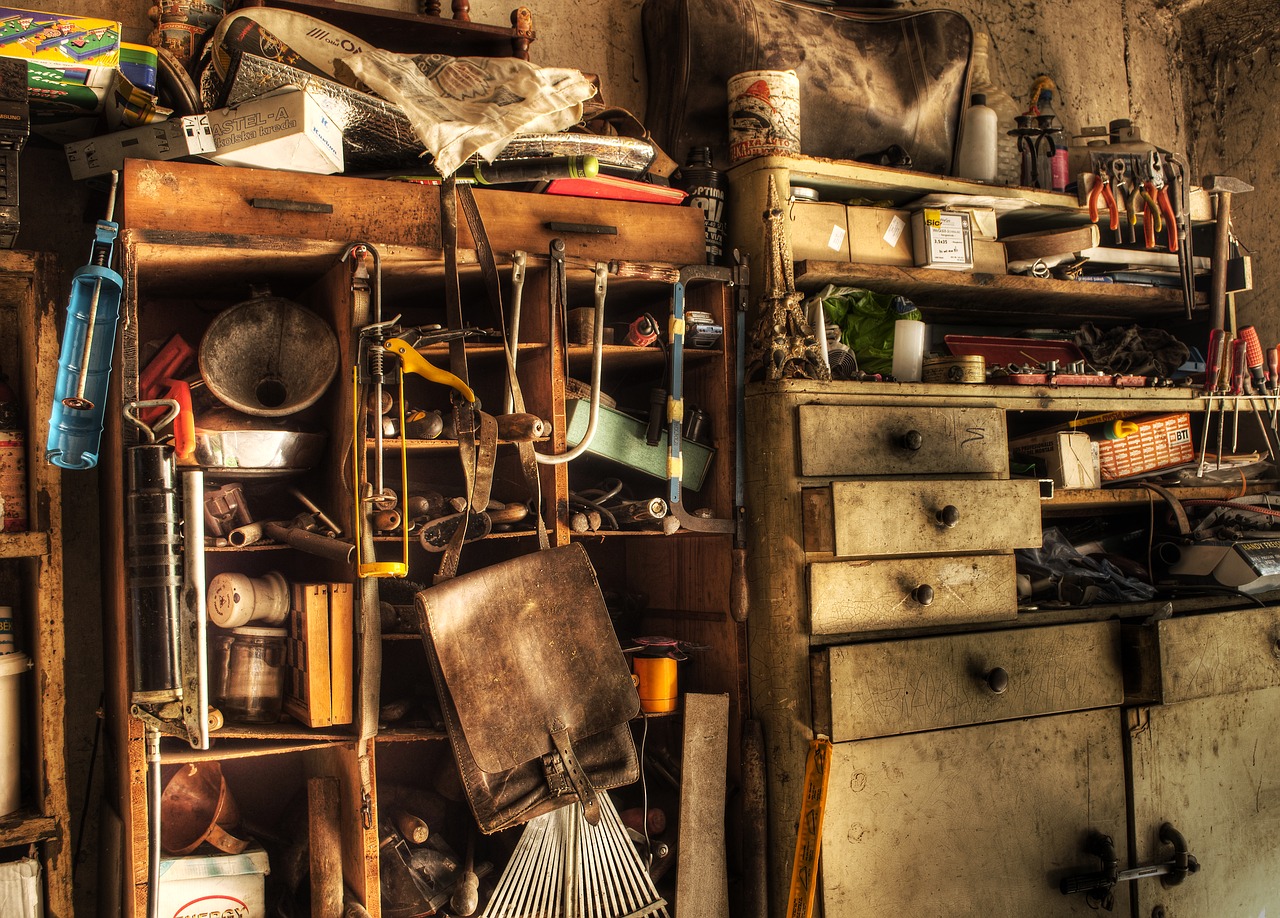
Most of us feel connections with pieces of memorabilia that others may not find valuable. An old stuffed animal or blanket, for example. This is completely normal and would not be considered to be compulsive hoarding.
Unlike holding on to a few items from childhood, or acquiring collectibles such as baseball cards or artwork, compulsive hoarding is much more extreme and much more chaotic. For instance, collectors tend to organize and display their collections, where a person struggling with compulsive hoarding will stash their possessions haphazardly around the home. These items are often dirty, broken, worthless, or otherwise characterized as “junk” by the average person. To a compulsive hoarder, however, these random items may hold a present or future significance and cause heightened distress when even thinking about letting them go.
Characteristics and Behaviors of Compulsive Hoarding
Like mentioned above, holding on to a few mementos from childhood is perfectly normal. Holding on to plastic containers, a decade’s worth of newspapers, or mounds of tattered clothes would be considered hoarding. There are even some people who hoard animals, up to dozens or hundreds, when they don’t have the space to support such a large population.
When the accumulation of items starts to interfere with normal functioning within the home or it’s difficult to get around, then there is a problem. Sometimes, even fire hazards, health, and/or safety concerns are present. Relationships with family members may be strained and feelings of isolation can affect the person experiencing compulsive hoarding.
Other related problems may include:
- Perfectionism
- Indecisiveness
- Disorganization
- Distractibility
Causes of Compulsive Hoarding
Although it’s unknown what exactly causes compulsive hoarding, there are a number of risk factors associated with known cases. People are more likely to struggle with hoarding if they have a family member who also struggles in this way. Extremely stressful life events, like a familial death, can trigger or worsen the disorder.
Compulsive hoarding affects 2-6% of the population and usually begins in the teen years. Men are more likely to experience symptoms of hoarding than women, as well as ages 55-94 compared to younger populations.
Treatments for Compulsive Hoarding
Much like other disorders, such as OCD, there are two main types of treatment for compulsive hoarding. These are medication and psychological therapy. Medication will not solve the underlying issues but may make the symptoms more manageable until the patient has completed the other necessary steps to overcome the disorder.
Cognitive Behavioral Therapy is one form of psychological therapy that can help one overcome the symptoms of compulsive hoarding. During this therapy, the patient is guided by the therapist to slowly learn how to let go of unnecessary items with diminishing distress each time. They also learn organizational and decision-making skills, as well as other coping tools for anxiety, throughout the process.
If you or a loved one is experiencing symptoms of compulsive hoarding, get help sooner rather than later. The longer it lasts, the more difficult it is to treat, although not impossible.
Use the form below to contact us as soon as possible to set up an appointment.
[contact-form-7 id=”7919″ title=”Contact Us Page”]

